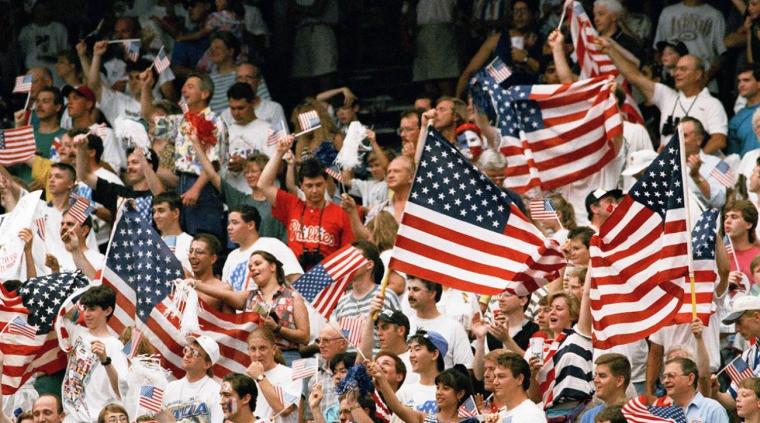
The official news that everyone already knew was coming was finally announced today in Lower Manhattan as the presidents of the Canadian, U.S. and Mexican Soccer Federations announced a joint bid to host the FIFA World Cup in 2026. This will be the first World Cup to ever involve 48 nations, making it the largest edition of the tournament yet, and will provide one of a few reasons why three of the largest countries in the world chose to host a World Cup jointly rather than compete with each other for the rights.
Some interesting notes about the bid are that the USA will host 60 of the 80 matches, while Canada and Mexico will host 10 each, and none after the quarterfinal round. In addition, a successful bid would grant Mexico the title of being the first nation to ever host the World Cup three times. On top of that, this would be Canada’s first appearance in a World Cup since 1986, the only time they ever qualified.
The implications of hosting a World Cup in North America would be huge as evidenced by the last World Cup held in the U.S. in 1994 as well as the recent Copa America Centennario held in the U.S. in 2016. In both cases, it was the most well attended and profitable edition of the respective tournament. While many have been left scratching their heads as to why the U.S. chose this route compared to hosting alone, one doesn’t have to travel too far for answers.
The most obvious reason why the U.S. went the safe route for this bid was its role in the still fresh exposure of FIFA’s corruption scandal. You don’t have to be in elementary school to know that a tattle tale would not receive unbiased treatment from the party that was ratted out. By packaging its bid with Canada and Mexico, FIFA will have a tougher time finding excuses to award the hosting rights somewhere else, arguably as it did when granting the rights to Qatar in 2022.
A less obvious reason is that sharing the hosting rights also means sharing the costs. While the United States may be the most qualified country to host a 48 nation tournament in terms of infrastructure already in place, the cost will only grow higher by the time it is actually 2026.
The biggest winner here appears to be Canada just for the simple reason that this bid would allow Canada to qualify for the world’s biggest stage for possibly the first time in 30 years depending on how 2022 works out. In addition, the game has already drawn respectable crowds to MLS matches with the rise of Toronto FC, the Montreal Impact, and Vancouver Whitecaps, and the 10 games hosted in 2026 may be just the right amount to boost that buzz for Canadian soccer to the next level.
In a country as ravenous for soccer as Mexico, ten games may seem like a loss on paper, but going head to head for a World Cup in 2026, there is good reason to believe that the United States would have surpassed a solo bid based simply on security and stadium readiness, even if it was beaten out by a competitor in another continent. In this case the old adage of “if you can’t beat them, join them,” rings true. However, out of the ten matches that will be played in Mexico, it is a bit surprising to see that none of them will be at least a semifinal match, especially considering the history and size of Stadio Azteca in Mexico City.
Finally, that leaves us with the United States. All things considered, hosting 60 matches, all the semifinal games as well as the final should be considered a victory for a nation eager to prove its rise in the sport. Time will tell if the results say otherwise.
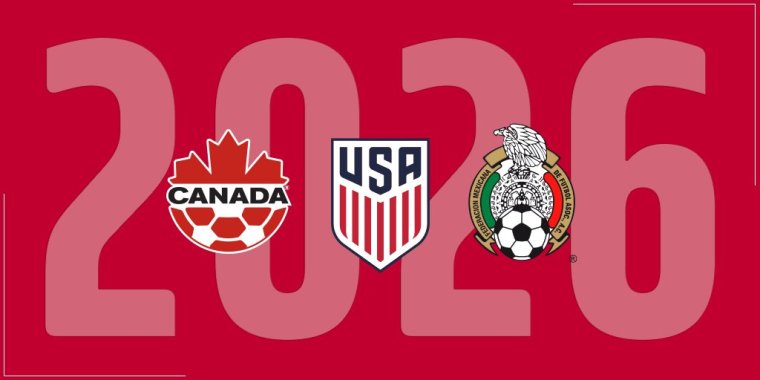
REFERENCES
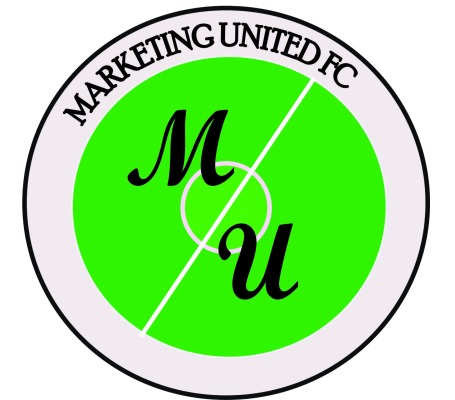

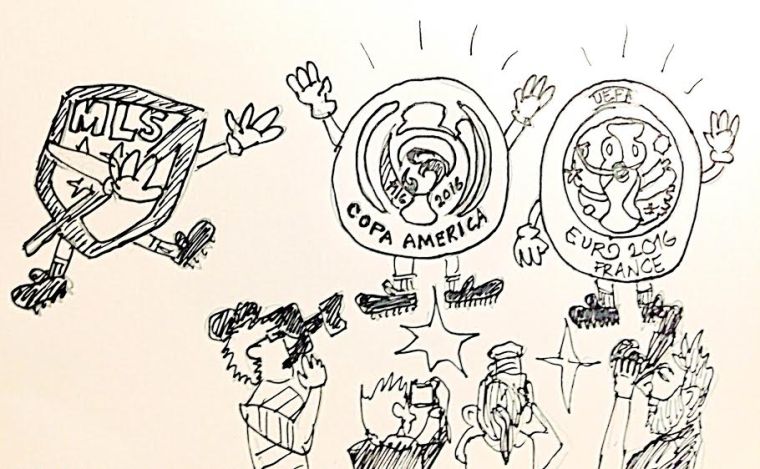 We are currently three months into the MLS’s 21st season, on the heels of a successfully hosted Copa America Centenario, and now seems like as good as time as any to have a status report on how things are going. After all, if MLS was a living, breathing human being, it’s finally old enough to buy a beer now. Could this be a sign of more lucrative beer sponsorships to come? And can MLS finally get over the heavily coveted TV ratings hump that has been dogging the league for years?
We are currently three months into the MLS’s 21st season, on the heels of a successfully hosted Copa America Centenario, and now seems like as good as time as any to have a status report on how things are going. After all, if MLS was a living, breathing human being, it’s finally old enough to buy a beer now. Could this be a sign of more lucrative beer sponsorships to come? And can MLS finally get over the heavily coveted TV ratings hump that has been dogging the league for years?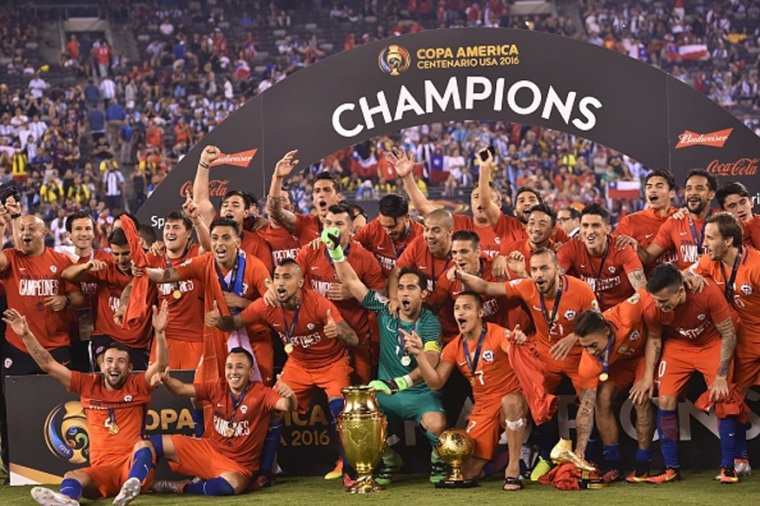 Last night the Copa America Centenario came to a close with Chile defeating Argentina in a penalty shootout after a 0-0 draw. This was almost an exact replica of Copa America 2015 when Chile defeated Argentina in a penalty shootout after a 0-0 draw. The difference? The United States does it bigger, and does it better.
Last night the Copa America Centenario came to a close with Chile defeating Argentina in a penalty shootout after a 0-0 draw. This was almost an exact replica of Copa America 2015 when Chile defeated Argentina in a penalty shootout after a 0-0 draw. The difference? The United States does it bigger, and does it better.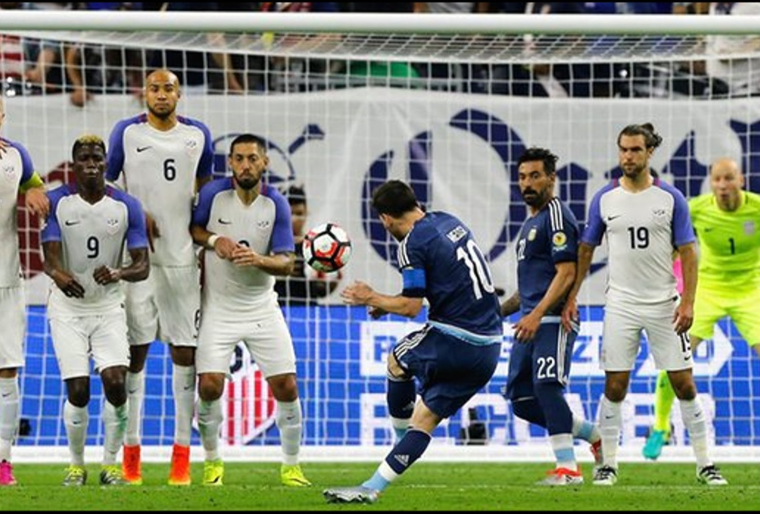 Last night, we witnessed Lionel Messi and Argentina embarrass the U.S. Men’s National Team, 4-0 on its home turf in Houston, Texas in the semifinals of the Copa America Centenario. Without debate, it was the biggest game for the USMNT since its 2-1 extra time defeat to Belgium in the 2014 World Cup. Unfortunately, there appeared to be a lot less positive takeaways this time around. But if we dig really hard, here is what we can find:
Last night, we witnessed Lionel Messi and Argentina embarrass the U.S. Men’s National Team, 4-0 on its home turf in Houston, Texas in the semifinals of the Copa America Centenario. Without debate, it was the biggest game for the USMNT since its 2-1 extra time defeat to Belgium in the 2014 World Cup. Unfortunately, there appeared to be a lot less positive takeaways this time around. But if we dig really hard, here is what we can find: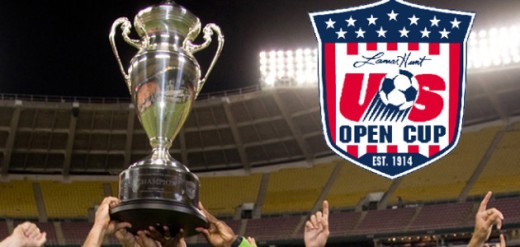
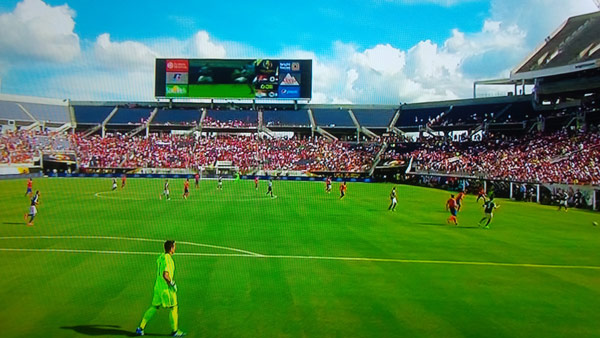
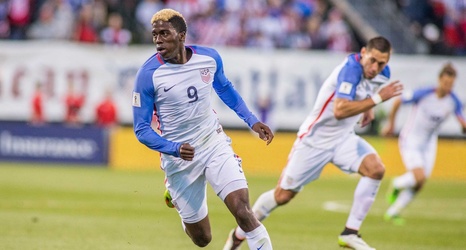
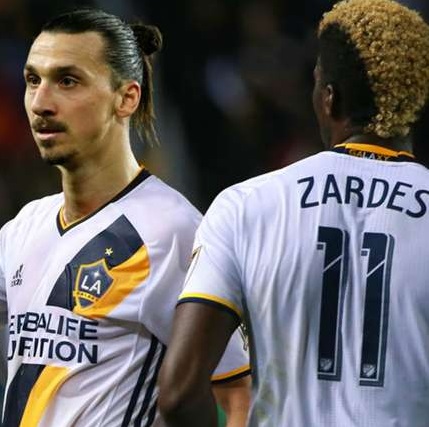

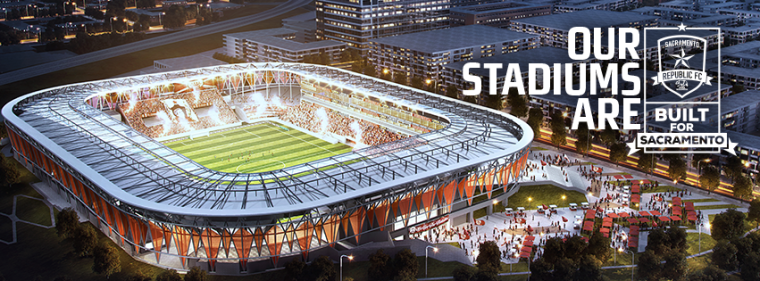 During a recent fan fest held in Sacramento, MLS Commissioner Don Garber announced that the next round of MLS expansion would most likely occur in the year 2020 after Los Angeles FC, Atlanta United, Minnesota United, and ideally Miami Beckham United, have all entered the league. One of the biggest potential candidates would have to be the Sacramento Republic which already draws an average of 10,000 fans per game and possibly has the backing to get a new stadium deal completed in time for 2020. This conversation has happened since before the team started play in 2014. Don Garber has even called Sacramento “MLS ready” multiple times as evidence of all the pieces it already has in place. But will it become a reality?
During a recent fan fest held in Sacramento, MLS Commissioner Don Garber announced that the next round of MLS expansion would most likely occur in the year 2020 after Los Angeles FC, Atlanta United, Minnesota United, and ideally Miami Beckham United, have all entered the league. One of the biggest potential candidates would have to be the Sacramento Republic which already draws an average of 10,000 fans per game and possibly has the backing to get a new stadium deal completed in time for 2020. This conversation has happened since before the team started play in 2014. Don Garber has even called Sacramento “MLS ready” multiple times as evidence of all the pieces it already has in place. But will it become a reality?